
Migration blog (August – September)
It's starting to get exciting! Birds are on the move again; for some species, the summer is over, breeding has finished and it's time to head back towards their wintering grounds. For this year's young it will be their first migration and, depending on the species involved, they can either undertake this amazing feat of navigation led by the adults of the same species or, for many, entirely on their own. Birds like Swift and Cuckoo that breed in Britain and Ireland have all but gone, with only a few stragglers or young birds still to depart.
The last month has seen a gradual intensification to migration. The slow trickle of returning Spotted Redshanks, Green Sandpipers, Common Sandpipers were joined by Swifts and Cuckoos towards the end of July, and as we edged into August the seabirds joined in with the South West in particular seeing species like Cory’s Shearwater, Great Shearwater and the first Sooty Shearwaters. None of these majestic wanderers of the open oceans breed or winter in British and Irish waters but pass by as part of their seasonal movements. This often sees them occurring on both sides of the Atlantic as they circumnavigate the ocean, a truly epic undertaking that they do each year. Wader passage also gathered pace in early August with increasing numbers of Dunlin, Knot, Sanderling, Greenshank and Wood Sandpiper turning up across Britain and Ireland from traditional stop-offs like estuaries to temporary flooded meadows, or even small pools in fields. In the last few days a sustained easterly airflow has delivered the first large arrival of migrating passerines, including Whinchat, Sedge Warbler, Wood Warbler, and Pied Flycatcher. Indeed, Spurn recorded an amazing 95 Pied Flycatchers within its recording area on the 11th August. The first Barred and Greenish Warblers were also mixed in and it looks like a good year for Icterine Warblers with several scattered along the east coast.
Mixed in with the usual early autumn fare was the odd rarity, with highlights being the 1st Zino’s Petrel for Britain off the Isles of Scilly, a Sooty Tern in Northumberland, and the continued presence of the Bearded Vulture touring around Derbyshire and South Yorkshire.
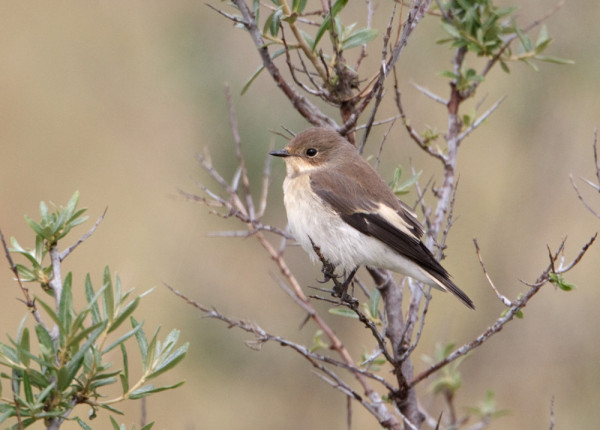
Species Focus - Pied Flycatcher
Most birders will associate Pied Flycatchers with Welsh oak woodlands, and quite rightly as this is the breeding stronghold of Pied Flycatchers in Britain. It is very much a bird of the west and north during the breeding season. However, during the autumn months, Pied Flycatchers can and do turn up almost anywhere.
Birds begin to arrive at coastal bird observatories at the beginning of August in south and west Britain, whilst in eastern England their arrival occurs in August and September, and on Fair Isle in September. In Ireland, it is an early September bird. There is a second peak in the second half of September when most British breeders have departed. The source of this second peak is most likely birds from the continental breeding population.
British breeders winter in West Africa, but it is unclear how wide the winter distribution is. We do know they get there by migrating through France, Spain, Portugal and North Africa, with the Iberian peninsular being an important stopover site for them to rest and refuel before continuing their journey south.
The UK breeding population is estimated at 22,000–25,000 pairs but the species has seen a 42% decline between 1995–2017 and as a result is Red-Listed as a Bird of Conservation Concern.
It's starting to get exciting! Birds are on the move again; for some species, the summer is over, breeding has finished and it's time to head back towards their wintering grounds.
Looking ahead
The easterly airflow that has been dominating the weather over the last few days is expected to continue into the weekend and, coupled with scattered thunderstorms, should result in a good arrival of drift migrants. These will include more Pied Flycatchers, Wrynecks, and Barred Warblers mixed in with increased numbers of common warblers like Lesser Whitethroat, Garden Warbler, Blackcap, Chiffchaff and Willow Warbler. Any areas of scrub along eastern and southern coasts should provide a nice selection of migrants. The first Redstarts and Wheatears will also be arriving and are always a welcome sight on any day's birdwatching. You don’t have to visit the coast to get in on the action; many of these birds will filter through the country and could turn up anywhere. It is worth checking any green space in urban areas such as parks, allotments, or cemeteries at this time of year as they can act as a magnet in the urban sprawls. Even the smallest garden with some cover can throw up the odd surprise with species like Chiffchaff or Willow Warbler possible and these can be a fantastic addition to any garden list you may have started during lockdown.
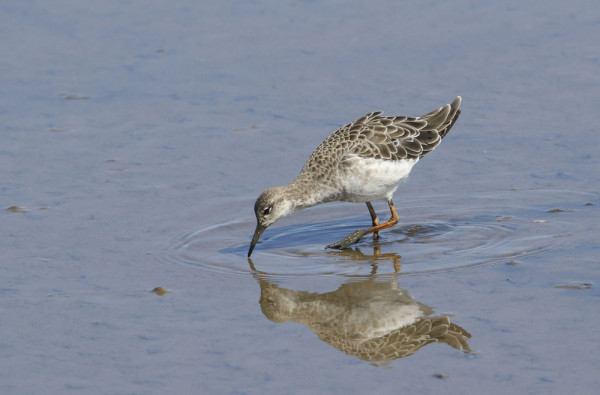
Wader migration will continue to increase over the coming few weeks with the peak periods for Black-tailed Godwit, Greenshank, Ruff, and Curlew Sandpiper, all of which can turn up anywhere and are prized by many an inland patch watcher. If nocturnal migration recording is your thing then these could also be heard passing overhead. Both Green and Common Sandpipers have been sound recorded over the last couple of weeks, including at some urban locations, and any of the aforementioned species could also be recorded. We are only now starting to scratch the surface of what passes over us whilst we sleep.
Late August sees the peak passage of Osprey and Hobby, both of which can turn up anywhere. Listen out for any raucous calls from corvids or gulls that often harass Ospreys as they migrate overhead. Honey-buzzards are also a feature of early autumn with hot, humid days with light north/north-easterlies best for birds to migrate.
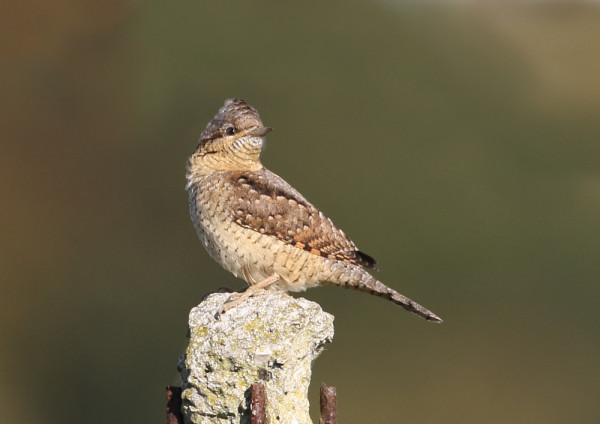
For those with a liking for gulls, this is the time of year that Yellow-legged Gulls feature, with young birds from the near continent heading over to the UK being joined by moulting adults. Check any gull flocks with large gulls in them for your best chances of finding one. You may even uncover a Caspian Gull or two that also head to the UK in early autumn. Both species are tricky to separate from the closely related Herring Gulls, but with a bit of practice can be picked out from their commoner cousins. Any strong south-westerlies or north-easterlies at this time of year can be good for seabirds. Birds such as Manx Shearwaters are starting to migrate, with the adults leaving younger birds behind which head off later in the year. Mixed in with these could be the odd Balearic Shearwater or one of its larger relatives, Great or Cory’s Shearwater, with the south-west coast best for these 3 species. In early September the likelihood of encountering a Sooty Shearwater during a sea watch increases as birds pass offshore as part of their epic migration that sees them in the North Atlantic and the North Sea during September, before heading back to the Falkland Islands and surrounding islands for their breeding season, which runs from November until April.
Early September brings with it yet more migrants as birds from across Scandinavia and the near continent pass through Britain and Ireland on their way south. Red-backed Shrike, Wryneck, and Whinchat passage is at its peak in early September and any easterly wind direction can result in birds arriving here. Scarcer species to look out for include Bonelli’s, Greenish and Eastern Olivaceous Warblers, Lesser Grey Shrikes and Ortolan Buntings, and even the odd American vagrant can turn up with waders such as Long-billed Dowitcher, Stilt Sandpiper and Solitary Sandpiper all possible, and Yellow Warblers have also been known to turn up early in the autumn.
As always, you can record what you see by using BirdTrack.


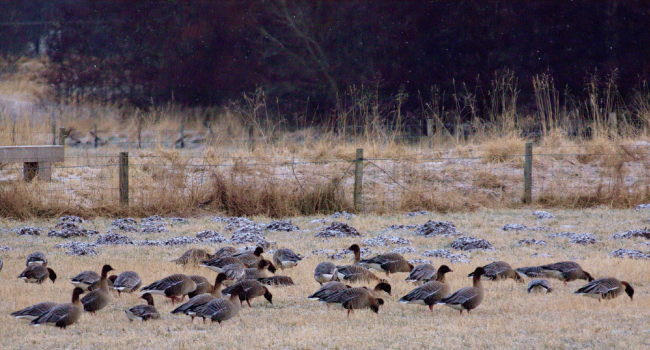
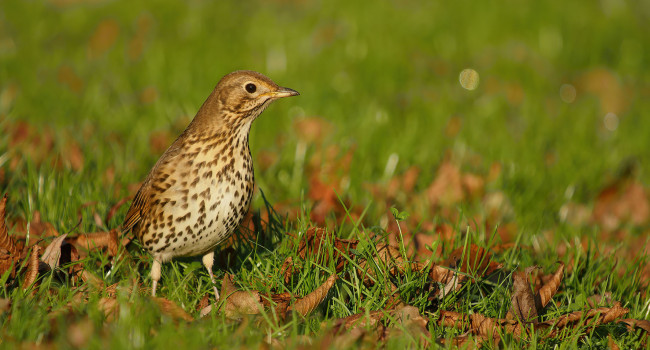
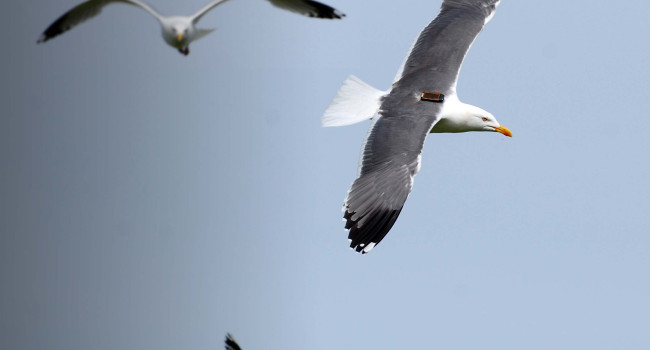

Share this page